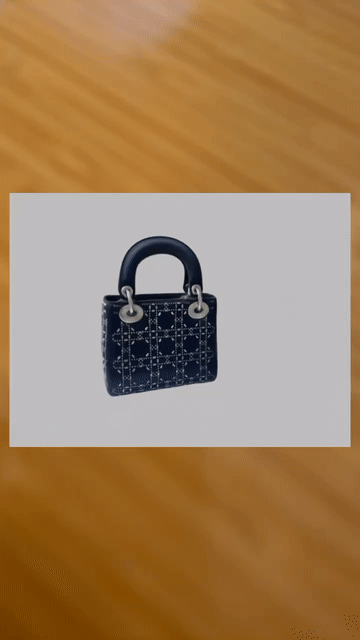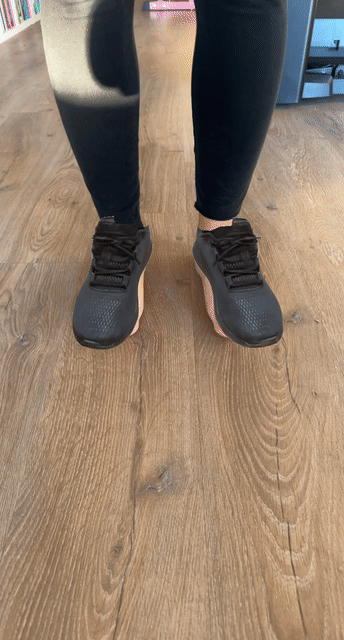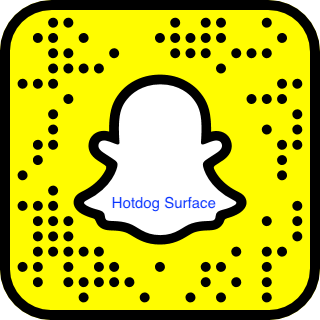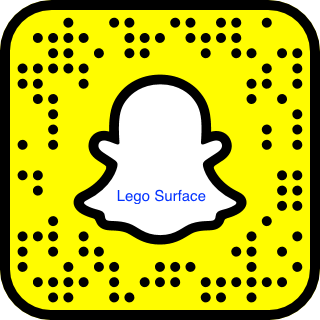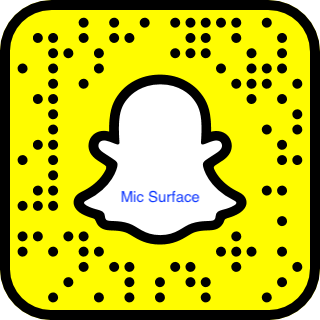This repository is for the real-time neural rendering introduced in the following CVPR'23 paper:
Real-Time Neural Light Field on Mobile Devices
Junli Cao 1, Huan Wang 2, Pavlo Chemerys1, Vladislav Shakhrai1, Ju Hu1, Yun Fu 2, Denys Makoviichuk1, Sergey Tulyakov 1, Jian Ren 11 Snap Inc. 2 Northeastern University
Abstract
Recent efforts in Neural Rendering Fields (NeRF) have shown impressive results on novel view synthesis by utilizing implicit neural representation to represent 3D scenes. Due to the process of volumetric rendering, the inference speed for NeRF is extremely slow, limiting the application scenarios of utilizing NeRF on resource-constrained hardware, such as mobile devices. Many works have been conducted to reduce the latency of running NeRF models. However, most of them still require high-end GPU for acceleration or extra storage memory, which is all unavailable on mobile devices. Another emerging direction utilizes the neural light field (NeLF) for speedup, as only one forward pass is performed on a ray to predict the pixel color. Nevertheless, to reach a similar rendering quality as NeRF, the network in NeLF is designed with intensive computation, which is not mobile-friendly. In this work, we propose an efficient network that runs in real-time on mobile devices for neural rendering. We follow the setting of NeLF to train our network. Unlike existing works, we introduce a novel network architecture that runs efficiently on mobile devices with low latency and small size, i.e., saving 15x ~ 24x storage compared with MobileNeRF. Our model achieves high-resolution generation while maintaining real-time inference for both synthetic and real-world scenes on mobile devices, e.g., 18.04ms (iPhone 13) for rendering one 1008x756 image of real 3D scenes. Additionally, we achieve similar image quality as NeRF and better quality than MobileNeRF (PSNR 26.15 vs. 25.91 on the real-world forward-facing dataset)
- 09/13/2023: we released the tutorial of building your own lens by utilizing SnapML and Lens Studio. Check it out here!
This repo contains the codebases for both the teacher and student models. We use the public repo ngp_pl as the teacher for more efficient pseudo data distillation(instead of NeRF and MipNeRF as discussed in the paper).
Observed differences between ngp and NeRF teacher:
- the training with
ngp_plshould be less than 15 mins with 4 GPUs and pseudo data distillation for 10k images is less than 2 hours with single GPU. ngprenders high quality synthetic scenes thanNeRF- no space contraction techniques were employed in
ngp, thus having a inferior performance on real-world scenes
conda virtual environment is recommended. The experiments were conducted on 4 Nvidia V100 GPUs. Training on one GPU should work but takes longer to converge.
git clone https://github.com/snap-research/MobileR2L.git
cd MobileR2L
conda create -n r2l python==3.9
conda activate r2l
conda install pip
pip install torch torchvision torchaudio
pip install -r requirements.txt
conda deactivate
cd model/teacher/ngp_pl
# create the conda env
conda create -n ngp_pl python==3.9
conda activate ngp_pl
conda install pip
# install torch with cuda 116
pip install torch==1.13.1+cu116 torchvision==0.14.1+cu116 torchaudio==0.13.1 --extra-index-url https://download.pytorch.org/whl/cu116
# install tiny-cuda-nn
pip install git+https://github.com/NVlabs/tiny-cuda-nn/#subdirectory=bindings/torch
# install torch scatter
pip install torch-scatter -f https://data.pyg.org/whl/torch-1.13.0+${cu116}.html
# ---install apex---
git clone https://github.com/NVIDIA/apex
cd apex
# denpency for apex
pip install packaging
## if pip >= 23.1 (ref: https://pip.pypa.io/en/stable/news/#v23-1) which supports multiple `--config-settings` with the same key...
pip install -v --disable-pip-version-check --no-cache-dir --no-build-isolation --config-settings "--build-option=--cpp_ext" --config-settings "--build-option=--cuda_ext" ./
## otherwise
# pip install -v --disable-pip-version-check --no-cache-dir --no-build-isolation --global-option="--cpp_ext" --global-option="--cuda_ext" ./
# ---end installing apex---
cd ../
# install other requirements
pip install -r requirements.txt
# build
pip install models/csrc/
# go to root
cd ../../../
Download the example data: lego and fern
sh script/download_example_data.sh
cd model/teacher/ngp_pl
export ROOT_DIR=../../../dataset/nerf_synthetic/
python3 train.py \
--root_dir $ROOT_DIR/lego \
--exp_name lego\
--num_epochs 30 --batch_size 16384 --lr 2e-2 --eval_lpips --num_gpu 4
or running the bash script
sh benchmarking/benchmark_synthetic_nerf.sh lego
Once we have the teacher trained(checkpoints saved already), we can start to generate the pseudo data for MobileR2L. Depending your disk storage, the number of pseudo images could range from 2,000 to 10,000(performance varies!). Here, we set the number to 5000.
export ROOT_DIR=../../../dataset/nerf_synthetic/
python3 train.py \
--root_dir $ROOT_DIR/lego \
--exp_name Lego_Pseudo \
--save_pseudo_data \
--n_pseudo_data 5000 --weight_path ckpts/nerf/lego/epoch=29_slim.ckpt \
--save_pseudo_path Pseudo/lego --num_gpu 1
or running the bash script
sh benchmarking/distill_nerf.sh lego
# go to the MobileR2L directory
cd ../../../MobileR2L
conda activate r2l
# use 4 gpus for training: NeRF
sh script/benchmarking_nerf.sh 4 lego
# use 4 gpus for training: LLFF
sh script/benchmarking_llff.sh 4 orchids
The model will be running a day or two depending on you GPUs. When the model converges, it will automatically export the onnx files to the Experiment/Lego_** folder. There should be three onnx files: Sampler.onnx, Embedder.onnx and *_SnapGELU.onnx.
Alternatively, you can export the onnx manully by running the flowing script with --ckpt_dir replaced by the trained model:
sh script/export_onnx_nerf.sh lego path/to/ckpt
We provide the snapcodes for the AR lens in Snapchat. Scan it with Snapchat and try it out! Note: full-resolution lens need iPhone 13 or above to run smoothly in Snapchat. Try to reduce to a smaller resolution for other phones.
We are working on releasing a tutorial on how to utilize our method to create your own AR assets and lens that is fully compatiable with SnapML.
In this code we refer to the following implementations: nerf-pytorch, R2L and ngp_pl. We also refer to some great implementation from torch-ngp and MipNeRF. Great thanks to them! Our code is largely built upon their wonderful implementation. We also greatly thank the anounymous CVPR'23 reviewers for the constructive comments to help us improve the paper.
If our work or code helps you, please consider to cite our paper. Thank you!
@inproceedings{cao2023real,
title={Real-Time Neural Light Field on Mobile Devices},
author={Cao, Junli and Wang, Huan and Chemerys, Pavlo and Shakhrai, Vladislav and Hu, Ju and Fu, Yun and Makoviichuk, Denys and Tulyakov, Sergey and Ren, Jian},
booktitle={Proceedings of the IEEE/CVF Conference on Computer Vision and Pattern Recognition},
pages={8328--8337},
year={2023}
}